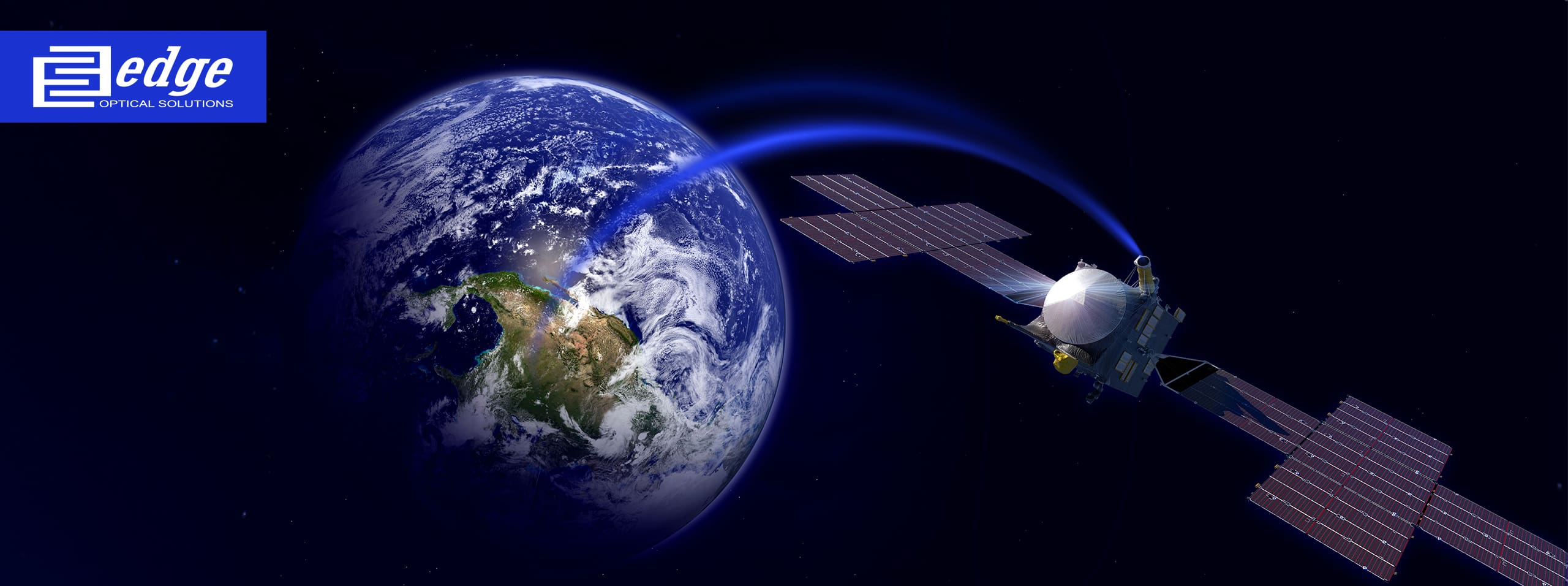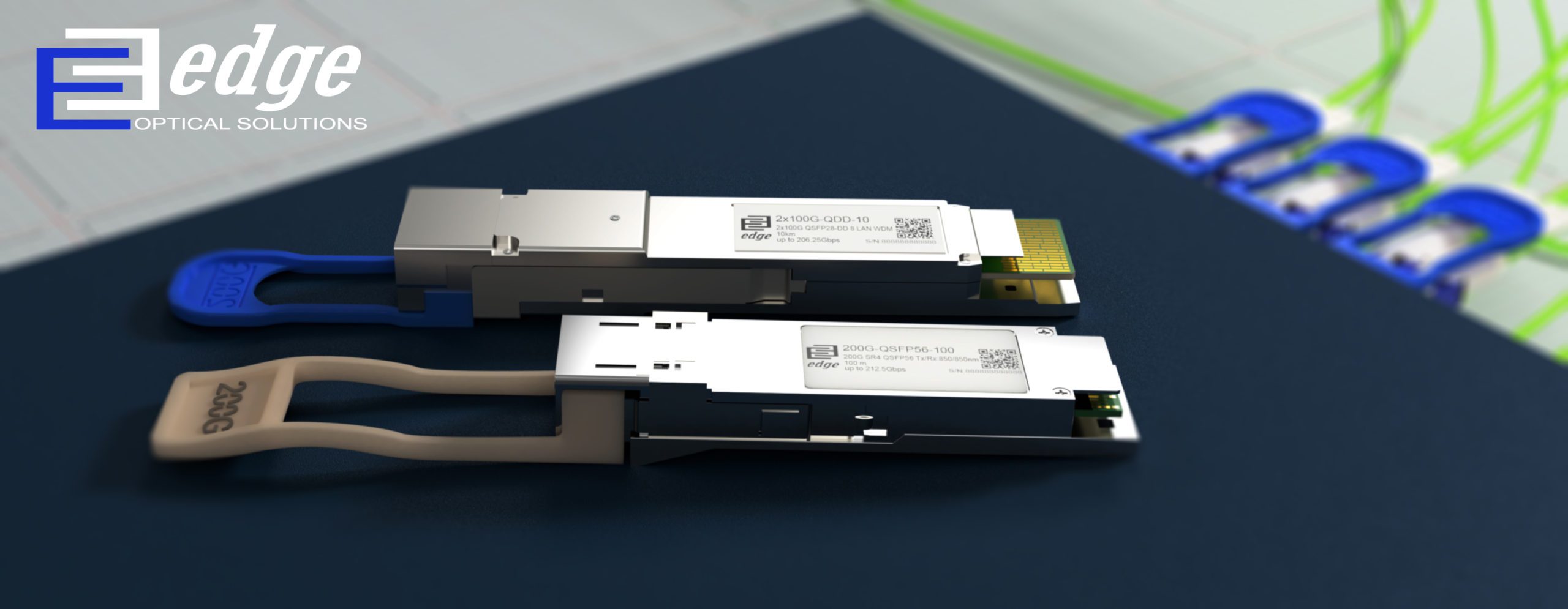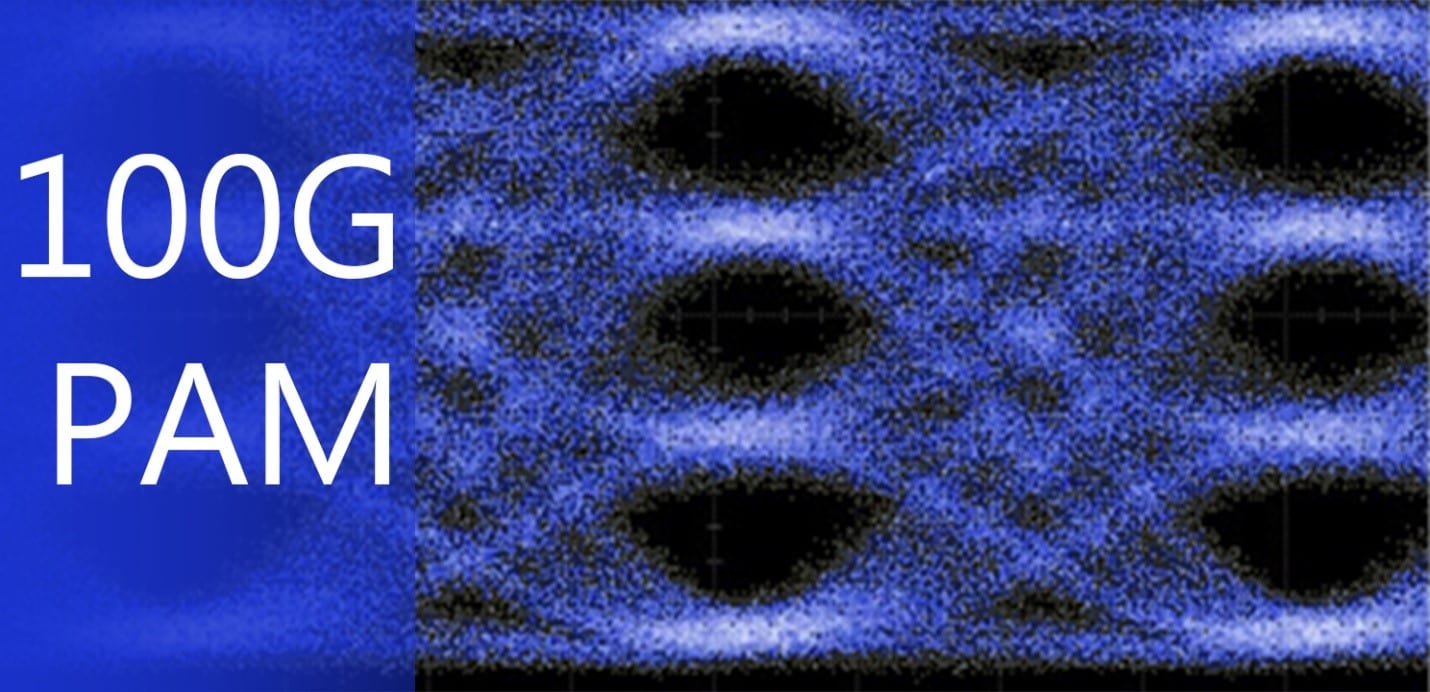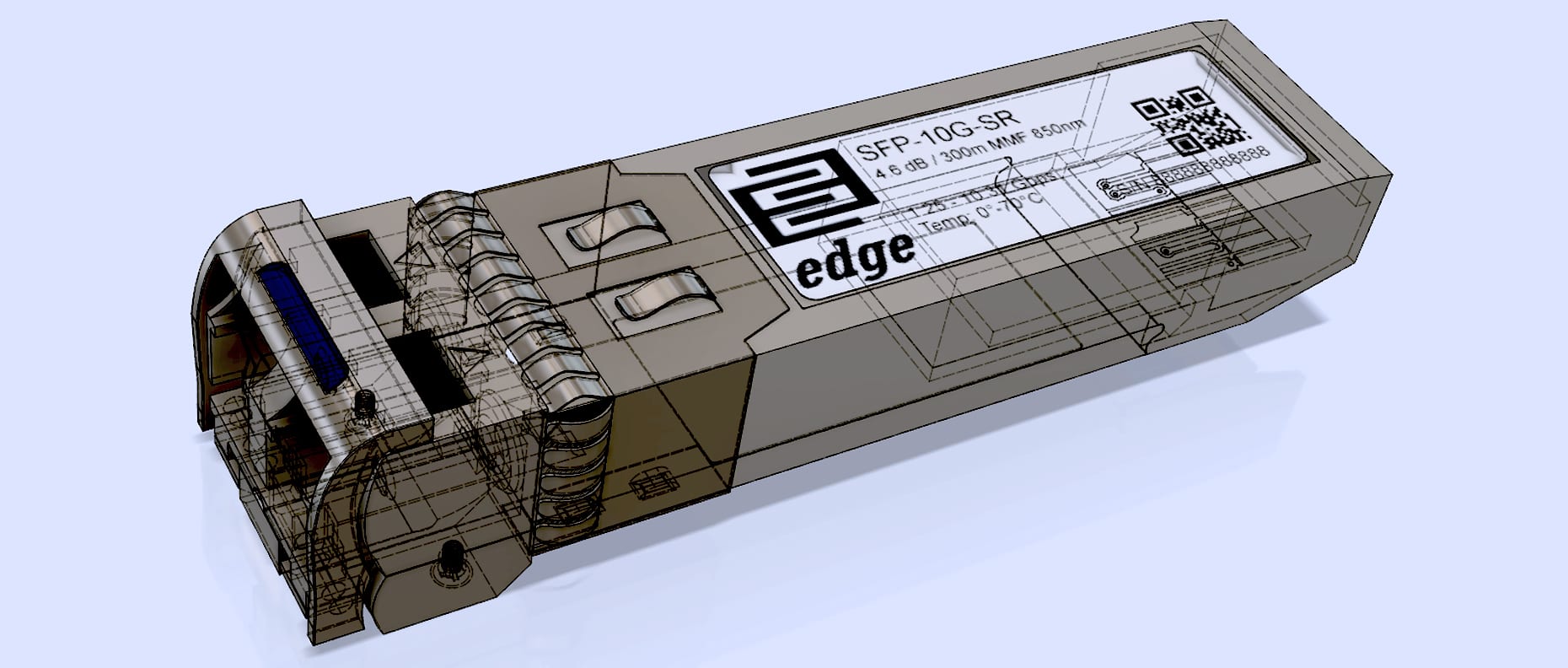Deep Space Optical Communications (DSOC) mission and its impact on our future
Liquid cooling was not commonly used in telecommunications; however, in recent years, it has generated significant marketing buzz. In this article, we aim to clarify the current state of this new technology in telecommunications and address key questions, such as, “Will telecom engineers need to...











